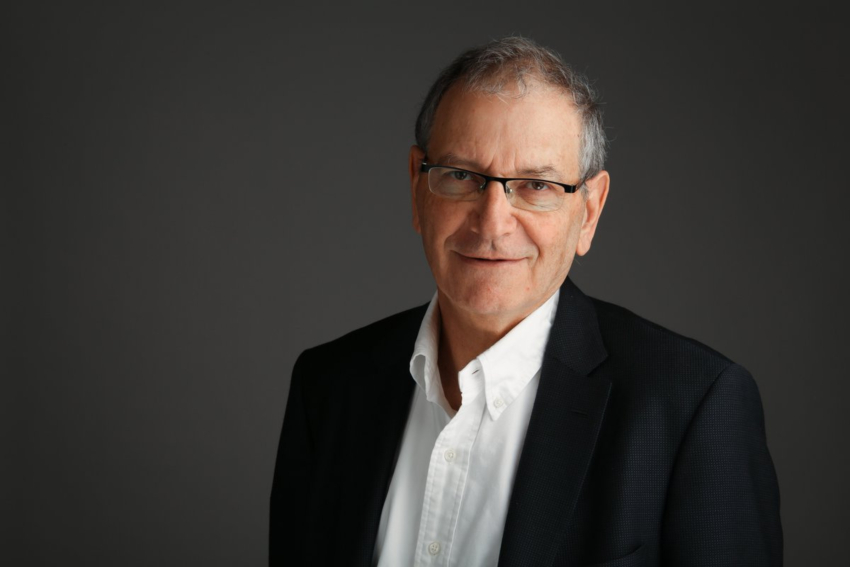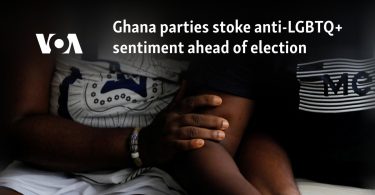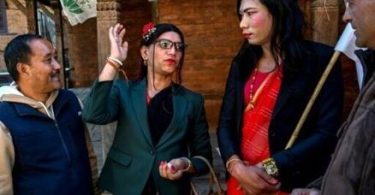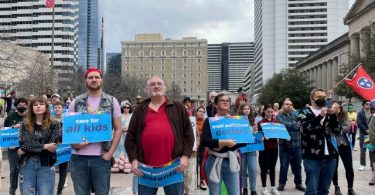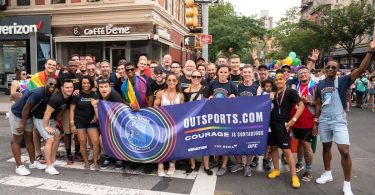David Cooper AC. | Photo: UNSW
In 1990, David Polson’s health had deteriorated, his CD4 count had dropped so low he was at high risk of developing AIDS.
He lived alone in Melbourne – a southern city in Australia – isolated from his vital support network and in fear for his life.
A person’s CD4 count is like a snapshot of how the immune system is functioning. The CD4 cells are white blood cells that fight infection. HIV kills CD4 cells and if a persons count drops below 200, they are diagnosed with AIDS.
Polson’s count had dropped to 220. So he quit his job to move back to Sydney, where a good friend introduced him to the man who would go on to become the ‘architect’ of Australia’s response to the HIV epidemic.
‘When I found out I was in absolute terror, I was so scared,’ Polson told Gay Star News.
‘My friend Brett introduced me to David Cooper and that was the turning point.’
The Architect
By this stage, Scientia Professor David Cooper AC, had already gained an international reputation for his leading research on HIV.
Cooper crafted Australia’s response to the epidemic, which other countries around the world adopted.
He shot to fame for recognizing patterns of diagnosis among gay men.
Cooper enrolled a number of young men into Australia’s first clinical HIV research studies. The results led to the first description anywhere in the world of the so-called ‘seroconversion illness’.
Seroconversion defines the initial HIV infection in many people.
Cooper realized stigma held people back from getting tested and accessing treatment. He also turned his attention to ending HIV in developing countries.
More recently, Cooper and the Kirby Institute developed the ‘overwhelmingly successful’ clinical trial of PrEP in the state of New South Wales.
His immense contribution to HIV research and clinical practice in Australia and overseas included authoring more than 800 clinical papers and contributing to the development of every therapeutic drug used in HIV treatment.
‘David was a really funny guy’
But to Polson who became Cooper’s patient for 28 years until his death in March this year, he will always be the man who saved his life.
@_afao mourns Scientia Professor David Cooper. David was a man of science, but he never forgot that people are at the centre of the #HIV epidemic. We extend our deepest sympathies to his wife Dorrie, daughters Becky and Ilana, & the wonderful team at the @KirbyInstitute pic.twitter.com/TJVV6nN5H2
— AFAO (@_afao) March 19, 2018
Remembering Cooper through tears, Polson told GSN the doctor was never ‘cold or factual’.
‘Right from the first moment, he had a wonderful bedside manner. He was caring, he wanted me to feel comfortable and wanted what was good for me,’ he said.
Polson was one of the first 400 people to be diagnosed in Australia in the early days of the epidemic.
’34 years ago, I was told I had a year to live and I said, “no, I’m not going to die from this”,’ Polson said.
Other than his family and a few close friends, Polson said Cooper was one of the most important people in his life.
Where would Polson have ended up without Cooper?
‘Dead, I hate to be blunt, but it’s true,’ he said.
‘For saving my life, he was one of the most important people in my life. I just want to say publicly: “Thank you David, you saved my life”.’
Cooper’s memorial
On Thursday (14 June) more than 1,000 people packed into the Sydney Town Hall to commemorate Cooper’s life.
Bec and Ilana Cooper share some special memories of their father and their thanks for the support and love. pic.twitter.com/t51cdRE7zt
— Kirby Institute UNSW (@KirbyInstitute) June 14, 2018
His memorial came just days after he received a posthumous Companion of the Order of Australia (AC) in the Queen’s Birthday Honors.
Today’s memorial celebrated Cooper’s remarkable achievements. Ita Buttrose, a prominent businesswoman, journalist and media personality, hosted the event.
Other notable attendees included, Sydney Mayor Clover Moore and Australia’s first openly gay High Court Justice Michael Kirby.
Kirby paid tribute to his old friend in a moving speech at the memorial.
‘David was one of our finest, bravest, best scientists and citizens,’ he said.

